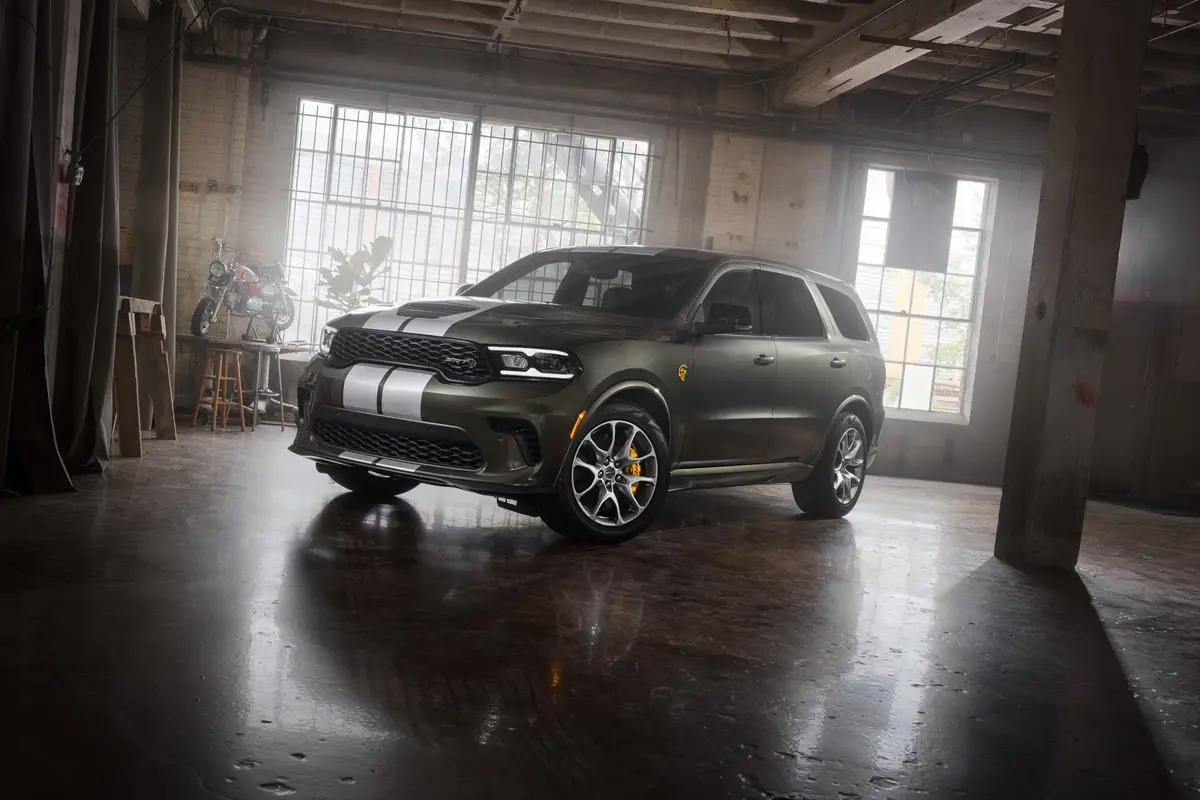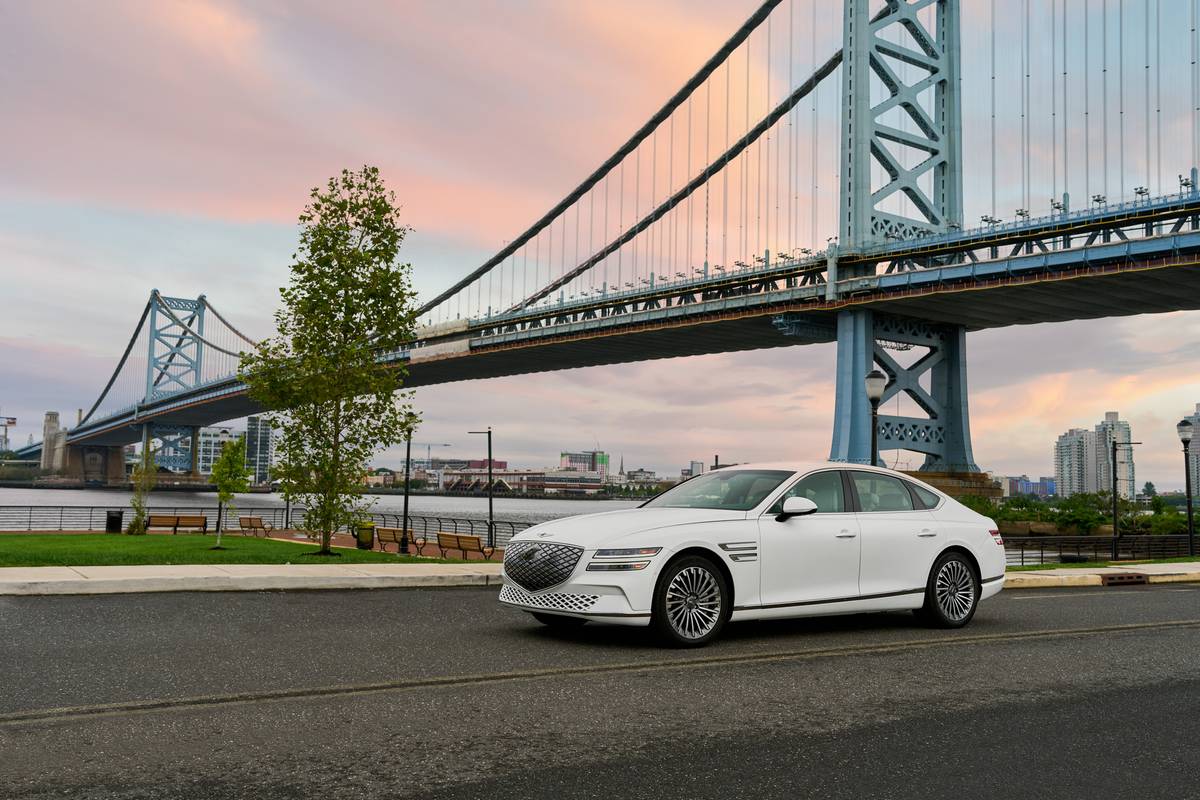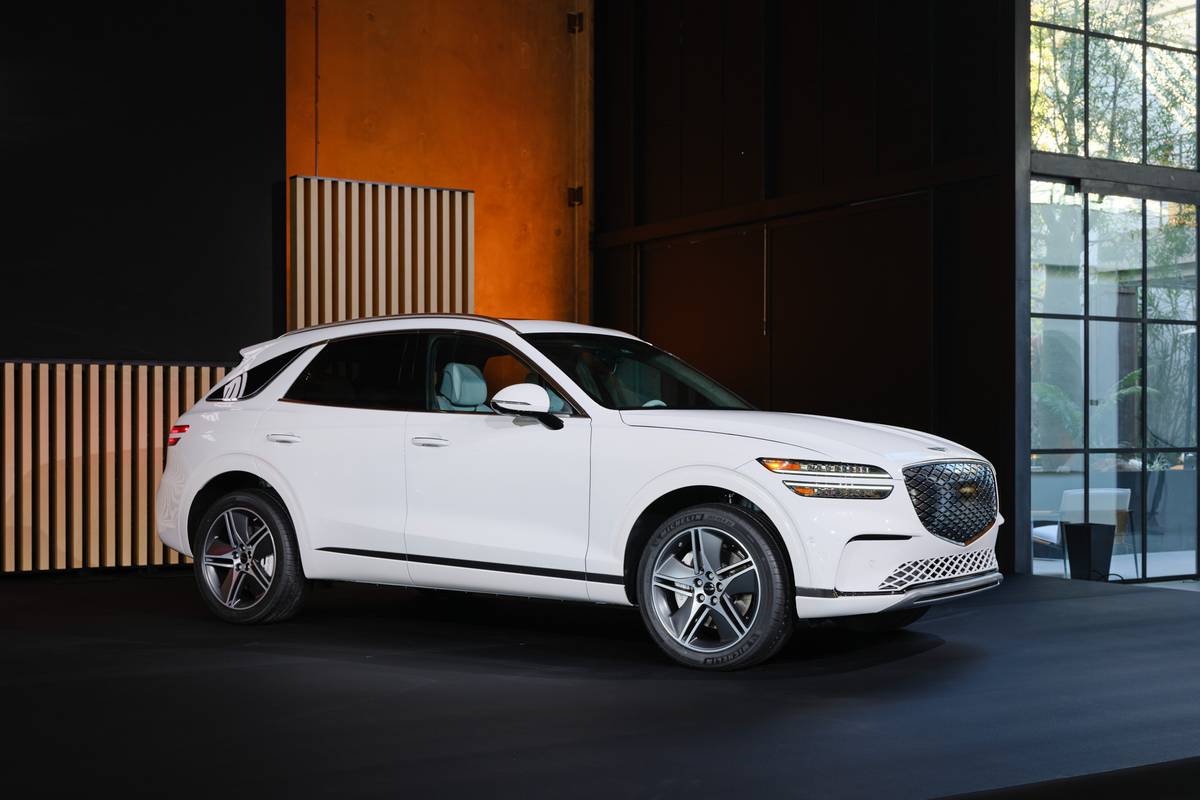chicagotribune.com's view
When it comes to wish lists, it seems owners of the Nissan Pathfinder had but one thing on their minds when the automaker promised a new 2001 model would appear in dealer showrooms this spring.
New colors?
Nope.
New audio systems?
Uh-uh.
New compartments to hide things?
No way.
New cupholders that hold 20-ounce as well as 12-ounce drinks?
Not a chance, though that’s what Nissan gave them. Go figure.
So what did they want?
“For years, when you asked consumers what they wanted in the Pathfinder, the feedback was always the same–they wanted more oomph because they felt it was underpowered,” an insider confided.
If oomph is what they wanted, oomph is what they got for 2001. The wimpy 3.3-liter, 170-horsepower V-6 that had underpowered the Pathfinder has been retired (with an emphasis on “tired”), replaced by a much more muscular 3.5-liter, 240-h.p. V-6 that’s based on the V-6 in the performance-oriented Nissan Maxima sedan.
That’s a lot more oomph. And it comes with a surprising amount of quiet.
For spring, Nissan addressed the ability of its Pathfinder sport-utility vehicle to move from the light or up the hill or into the passing lane without having to take a deep breath and tiptoe by adding a much livelier engine.
Touch the pedal and the response is immediate. No more foot-dragging. Of course, the price you pay is a 15 m.p.g. city/19 m.p.g. highway mileage rating and a guarantee that you will be on the neighborhood filling station’s Christmas card list. But, according to the laws of physics, oomph doesn’t come without sacrifice.
While the issue of power has been addressed for 2001, the one item on our wish list for Pathfinder has not been broached–bigger dimensions.
Pathfinder was last restyled in 1996 and will next be redone in roughly 2003, when, we hope, those who design and engineer the SUV give more than passing consideration to vehicle width. A potent V-6 answers the problem of traveling north and south, but a couple inches more width would answer the annoyance of resting your body east and west in the cabin.
Pause and consider why some folks have opted for the gargantuan SUVs. In some cases it’s the desire to tow monster loads, but in many cases it’s the need to load all the monsters to keep them in tow.
Plenty of head room, but a little more leg and arm and thigh room would make for even comfier long-distance travel. And, come to think of it, a tad more width would give Pathfinder a tad wider stance on the pavement and that would translate into a tad more pleasant ride and handling in a machine that now seems a wee bit top-heavy at times (approaching a corner at speed).
On dry, level, fairly straight roads, Pathfinder rides and handles much like a sedan, but it would ride and handle better if it took up more space in the lane.
Another gripe–the same one since the vehicle first appeared in showrooms in the 1986 model year: Entry into the rear seat was designed by some chap who uses whips and chains as tools of his trade. The rear doors stop many degrees short of opening wide enough to allow you to slip quickly inside.
And it doesn’t help that the rear wheel-well openings protrude into the rear door openings so you must squeeze past the wheel well to get into the seat. The bloke who designed the wheel well barricades must have a dry-cleaning store on the side.
Now that engine power meets demand, we hope Nissan will focus on cabin access and comfort at the next remake in ’03.
And while it’s not a gripe or annoyance, here’s a plea for one other change: We tested the Pathfinder SE 4×4 that comes with a transfer case lever to engage all four wheels.
It has gotten to the point that push-button or dial-up 4×4 engagement is becoming the price of admission in any SUV with a $30,000 price tag, and Pathfinder exceeds the $30,000 limit. In fairness, however, Pathfinder’s four-wheel-drive system allows shifting on the fly at speeds up to 50 m.p.h.
Pathfinder is built off the same platform as the QX4 sport-utility from Nissan’s Infiniti luxury division. No transfer case to fiddle with on the QX4. Nissan insiders say a dial-up or push-button 4×4 system is “in the works.” But probably not until the 2002 model year.
Base price of the 2001 Pathfinder SE is $30,349. Standard equipment includes four-wheel anti-lock brakes; air conditioning; power windows/door locks; power heated mirrors; AM/FM stereo with cassette and CD player; rear window defroster; tilt steering; front, rear and center console power plugs; liftgate rear window washer/wiper; remote hood and fuel-door release; dual front and rear cupholders; digital clock; 16-inch mud/snow radial tires; under-dash flip-down coin tray; overhead sunglass storage; mini storage bin under the rear cargo floor; split/folding rear seats; remote keyless entry; rear cargo net; and 100 improvements to reduce noise, vibration and harshness, including liquid-filled front and double-cushioned rear-engine mounts to help isolate engine vibrations from the cabin, the reason the 3.5 operates so quietly.
Our test vehicle added a power sunroof package that included dual illuminated vanity mirrors, universal garage door opener, outside temperature reading and compass for $1,099, a stiff price for fresh air and knowledge that it’s hot outside and that you are headed north.
For $1,999 you can get power leather heated seats, just what the doctor (specializing in grafting burnt skin) ordered in the Sun Belt–or any belt–in July, as well as side air bags in the seats. Leather you can do without; the side bags certainly don’t hurt and are designed to protect you.
If inclined, you can get a 5-speed manual transmission, but only in the SE and not the base XE or top-of-the-line luxury LE. Otherwise all come with a 4-speed automatic. Going the 5-speed route will save you $1,000.
>> 2001 Nissan Pathfinder SE 4×4 Wheelbase: 106.3 inches Length: 182.7 inches Engine: 3.5-liter, 240-h.p. V-6 Transm ission: 4-speed automatic Fuel economy: 15 m.p.g. city/19 m.p.g. highway Base price: $30,349 Price as tested: $33,447. Includes $1,099 for SE sunroof package with power sliding glass, dual illuminated vanity mirrors, Homelink universal transmitter, outside temp gauge and digital compass; and $1,999 for leather package with leather heated seats, power driver/passenger seats and side air bags. Add $520 for freight. Pluses: Higher horsepower/torque V-6 based on the same engine in the Maxima that boasts considerably more pep yet lots less noise than the engine it replaces in this SUV. Minuses: Now that Nissan got the engine right, how about focusing next on the exterior design and cabin dimensions to make this a more stylish and spacious machine. How about dial-up or push-button 4WD activation rather than a transfer case lever in a $30,000 machine? Fuel economy. >>
Latest news



